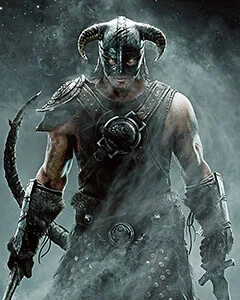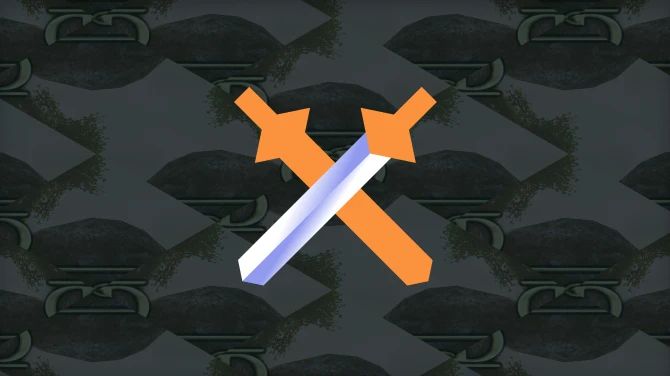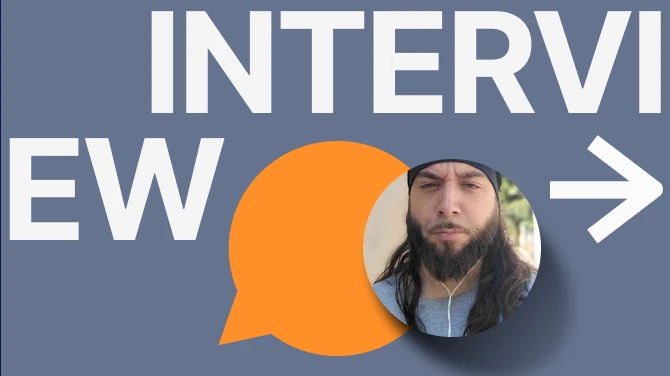Over the months I’ve received several requests to SMIM the lantern, but I’ve resisted because it would require what I like to call “actual work”. Some meshes are easy to SMIMify but other meshes must be totally expunged. The lantern is the latter case.
Then again, the lantern offers a great opportunity to let SMIM really shine (inadvertent pun FTW), since unlike the original developers I’m not bound by unrealistic deadlines, garbage console limitations, or societal mores.
In this article I will briefly describe the process I used to create the SMIM lantern. Hopefully some of you may find it fascinating. Stop reading if you don’t care about all this behind-the-scenes alchemy. First, I needed to find a source photograph to guide my modeling. After some Google image searching, I found this:

Now that’s a classy lantern. The downsides are it is a bit too fancy and not metal. I try to think like the Bethesda modeler…did they make the default lantern so boring because this was their artistic vision or because of deadlines and being off their meds?
Ultimately with SMIM, I go with what looks cool to me, even if it slightly changes the vanilla style. Hence, I began modeling the lantern using the source picture. Note I merely looked at the source pic; I didn’t bother trying to redraw it and use it for an actual outline or stencil.
The nice thing about a four-sided geometric object like this lantern is I could model just one corner of it and then copy and paste the other three parts. Here’s a work in progress showing a rough first version of a corner piece.
Notice the ugliness of the vanilla texture. I can’t handle looking at it anymore, so I take a break to find a good temporary source texture. First, I already know I’m going to do a 1:1 UV map, so this texture won’t need to seamlessly tile. This means we can go find a great free source texture off the internet, make it square, and use that as our base. I found this:

Cool, but that’s a bit too large and flaky. I’ll expand the canvas and make the texture tile 4 times as if we were zooming out on a camera. Now I’ll overlay another gritty metal texture to darken it and give it a slightly rough feel. Here’s the end result which will work as our draft texture during the modeling process.

Back to modeling, I do have to ensure my new model is basically the same dimensions as the original since I won’t be changing the collision. Another reason to not modify collision is because this would change the existing placements of the lantern so that some floated and such.
Here’s a pro-tip: get your model in-game as quickly as possible! Nothing is worse, not even nuclear holocaust, than making a totally spiffy 3D model only to find out it looks ugly or totally out of place in-game. Always remember, my child, that the 3D Max renderer does not equal the Gamebryo-Skyrim crazy rendering engine.
Here be my first in-game screenshot. I wanted to see if my general design fit in with the Skyrim feel.

Overall, I was happy with the results. My fears about the lantern design being too fancy were alleviated, although I can almost guarantee some of you may have other opinions, which is fine since shortly I’ll come to power and crush all free thinking, but I digress.
Another benefit of seeing the lantern model in-game is it lets me see the light (are these puns too much?!) at the end of the SMIMing tunnel.
So moving on…the next big step is setting up the UV map. Here is where Bethesda ain’t winning no awards. Their NPCs and equipment are expertly made, but their static meshes are poorly done in general. So many objects have shoddy UV mapping that just throws a texture on the model with little regard to consistent scaling and unique coordinates for mesh geometry. I shall now make a statement and you shall believe it unquestioningly: proper UV mapping makes or breaks the model. A quality UV map covers a multitude of modeling sins.
Anywho, UV mapping can get tedious and it is extremely detail-focused. It can take longer to UV map a model than to actually model it. Here’s my final UV map…I won’t lie, I went overkill on making a fantastic UV map, but that’s just how SMIM roles.
So…now it’s time to focus on the texture itself. If I worked at a pro studio, I could hand it off to a texture artist and they’d paint a totally epic texture. Since it is just me though, I have to put on my amateur texture artist hat (exclusive TF2 unlock for SMIM users, just kidding!) and try get in touch with my inner finger-painter. Disclaimer: I’m not a great texture artist, so please don’t laugh at me…much.
Here’s the texture after a first pass of shading.
So close now. I’ll now add some rust overlays using a gold leaf texture I found on the internet. This adds some slight color and flavor to the texture. Now it is time to load up a fancy 3D paint program to do slight touchups to remove tiling issues and hard seams. I was going to do a lot of painting in 3D but honestly I quite enjoy how the lantern looks just from the 2D Photoshop work. Here's the final texture.
Lastly, I do some final mesh changes in Max (handle holes at the top) and apply vertex colors in a few places. Vertex colors are a fake form of ambient occlusion that helps shade parts of your mesh that wouldn’t show much light (the inside of a cup, the bottom of the lantern).
Above shows the progression from 3D model to flat-texture to shaded-texture to final-texture.
And that’s all it takes. Simply as pie really, assuming you choke and nearly die several times while eating it. Oh, then there’s the NIF (mesh file) work where you export your model and copy it into the existing lantern NIF files then change the texture location to the new version.
It was really a fun project actually. I’m satisfied with the result, although maybe I’ll try alternate textures later for fun. I hope you enjoy it too. The final comparison is below.















13 comments
Btw, I LOLed @ 'which is fine since shortly I’ll come to power and crush all free thinking, but I digress.' hahaha xD
It's actually quite inspiring (for me - someone interested in modeling/texturing) to see the process you go through with this, especially UV mapping. I despise UV mapping